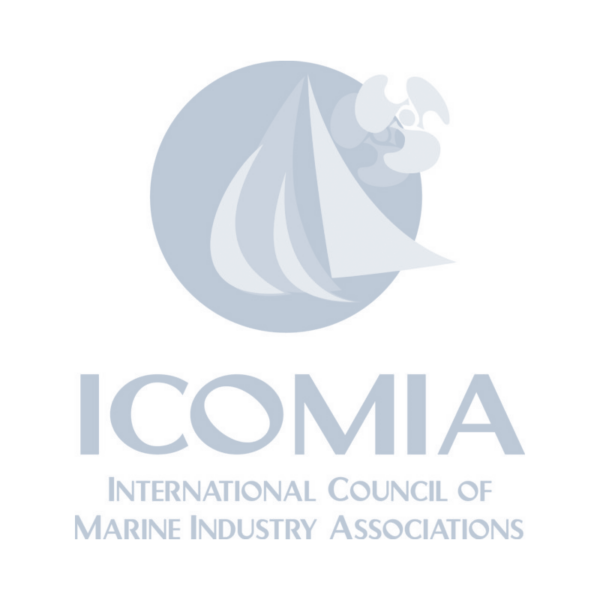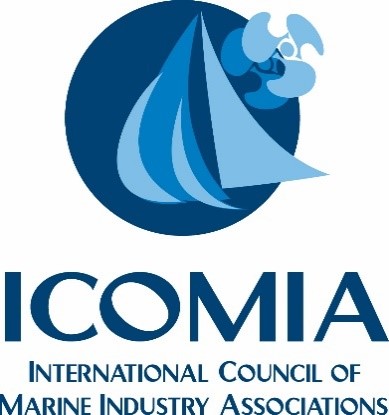Your basket is currently empty!

Integrated prevention and control of chemical pollution of surface waters in the EU
COM (2006) 398 final
Description
The Water Framework Directive (WFD), adopted in 2000, establishes a new regime for prevention and control of the chemical pollution of surface waters and ground waters. The WFD also requires the Commission to bring forward specific proposals on priority substances in surface waters. There are many potential pollutants that can impair the quality of our rivers, lakes, and coastal and marine waters. Aquatic pollution can be caused by organic matter, nutrients and large numbers of chemical substances which are either produced for deliberate use (such as pesticides) or which are formed unintentionally in production processes (such as the polycyclic aromatic hydrocarbons arising from combustion processes). There are thousands of individual traceable substances in our freshwaters and many of these will eventually reach our marine waters. A limited number of chemical pollutants have been identified as being of particular concern in surface waters throughout the EU due to their widespread use and their high concentrations in rivers, lakes and coastal waters. These are defined as “priority substances”.2 There is also a sub-set of “priority hazardous substances” for which more stringent environmental objectives apply because of their high persistence, bioaccumulation and toxicity. In addition to the priority substances, Member States must identify other chemical pollutants which impede the aims of the WFD. The approach to tackling chemical pollution of surface water is embedded in the wider strategic approach established in the 1970s. The WFD fully incorporates and updates this long-term policy into an integrated, flexible and modern response to the persistent threats posed by excessive concentrations of chemical substances in EU waters. Accompanied by a proposal for a Directive on environmental quality standards in the field of water policy, this Communication presents the wider conceptual framework and the reasoning behind the policy approach chosen by the Commission.
Additional information
| author |
|---|
